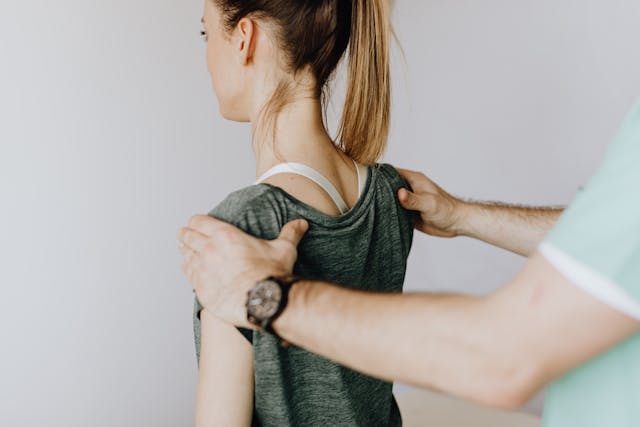
Shoulder preservation techniques have become a primary focus in orthopedic care. With the increasing number of patients experiencing shoulder complications due to injuries, degenerative conditions, or overuse, the need for comprehensive, preventative care strategies has grown significantly. These strategies emphasize maintaining shoulder function and managing risks that could lead to surgical intervention.
Assessing Risk Factors for Shoulder Damage
Effective shoulder preservation starts with identifying and addressing risk factors that may predispose patients to shoulder issues. Common factors include:
- Repetitive overhead movements
- Inadequate muscle strength
- Poor posture
- Lack of flexibility
- Previous injury
Orthopedists play a key role in helping patients modify or avoid activities that could worsen their condition. Professional assessments are valuable in creating personalized treatment plans. These plans may include targeted exercises, physical therapy, or activity adjustments to reduce strain on the shoulder. By addressing these factors early, patients can prevent long-term complications and maintain better shoulder health.
Strengthening and Conditioning the Shoulder
Strengthening and conditioning the shoulder plays a key role in promoting healthier joints and reducing the risk of injury over time. Targeted physical therapy programs often focus on exercises designed to strengthen the rotator cuff, scapular stabilizers, and other surrounding musculature that supports the shoulder joint. These exercises improve not only strength but also the coordination and balance of the shoulder muscles. Techniques such as resistance band activities, isometric exercises, or light weight training are frequently used to enhance muscular stability and increase range of motion.
Orthopedists and physical therapists commonly recommend gentle stretching exercises to improve joint mobility and prevent stiffness. This is particularly helpful as stiffness in the shoulder can lead to compensatory movements that strain other parts of the body, such as the neck or upper back. A well-rounded approach that combines strength, flexibility, and mobility exercises helps the shoulder function efficiently and remains resilient against wear and tear, whether during daily activities or athletic performance.
Exploring Non-Surgical Treatment Options
For patients with established shoulder pathologies, non-surgical interventions can play a significant role in preservation. Platelet-rich plasma (PRP) injections and other regenerative medicine advancements show promise in alleviating pain and promoting healing in damaged tendons or cartilage. Another treatment modality includes corticosteroid injections, which help reduce inflammation to support pain management and functional recovery. These interventions, coupled with activity modification and physiotherapy, allow patients to maintain their activity levels and avoid invasive procedures.
Educating Patients on Solid Shoulder Practices
Patient education is key to promoting long-term shoulder health. Teaching individuals proper lifting techniques, workplace ergonomics, and posture alignment empowers them to better manage shoulder demands. Encouraging a gradual increase in activity intensity, especially for athletes, helps reduce strain on the shoulder complex. Orthopedists who prioritize patient education foster a proactive mindset toward injury prevention and sustained shoulder health.
Also Read: Surgical and Nonsurgical Treatment Options for Shoulder Injuries
Promoting Long-Term Shoulder Preservation
Shoulder preservation focuses on prevention, intervention, and ongoing care. A multi-faceted approach is key. This includes addressing risk factors, integrating strengthening regimens, and utilizing advanced treatment methods. Orthopedists play a key role in improving shoulder outcomes. Continuous monitoring of shoulder preservation strategies enhances patient outcomes and supports long-term joint health.






